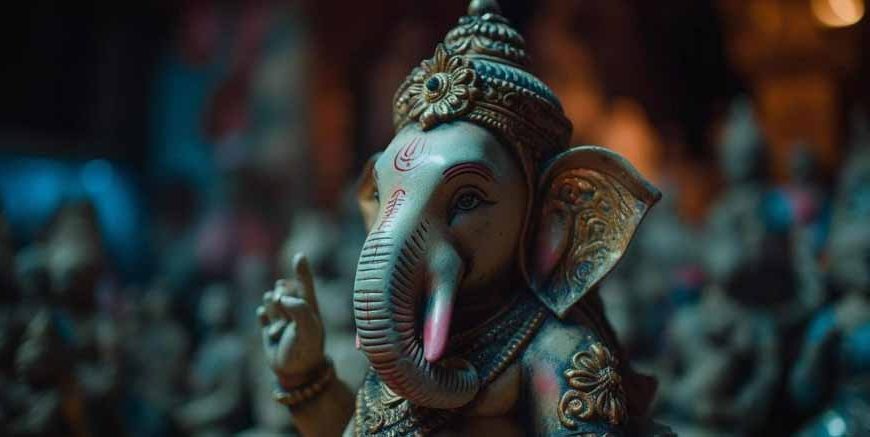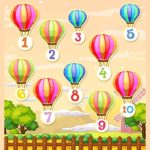If there is one thing that unifies people in a way like no other, it is this: ‘Hope’!
The monsoons are a harbinger of that very ‘Hope.’ For a predominantly agricultural economy to flourish, after all, the importance of the Rains cannot be overstated. It’s little wonder, then, that when the Rains do hit that parched earth after a year of being absent, there is good reason for celebration! And nothing quite says the word ‘celebrate’, other than a ‘festival’!
In India, we’re accustomed to the thought of celebrating a festival practically every month. Did you know, there are more Monsoon Festivals than you might have imagined? Of course, there’s the infamous Ganesh Chaturthi we know so well, but what about the others? Allow us at EuroKids, to take you on a fascinating journey in unveiling the myriad festivals that make their presence felt in the Rainy Season. Know more about each festival celebrated in the Monsoon Season, and mark your calendars in accordance. When the time comes, you really do want to celebrate in ‘spirit’, if nothing else!
10 Amazing Monsoon Festivals: A Sneak Peek into Each Unique Monsoon Season Festival in India
Each festival celebrated in the Monsoon Season, is an opportunity to embrace one of the several diverse cultures of India’s sprawling heritage. In this section, we will take a look at each Monsoon Season Festival in India, that is set against the backdrop of a unique culture!
- Janmashtami
- Ganesh Chaturthi
- Teej
- Raksha Bandhan
- Onam
- Nag Panchami
- Sao Joao
- Rath Yatra
- Ganga Dussehra
- Nariyal Purnima
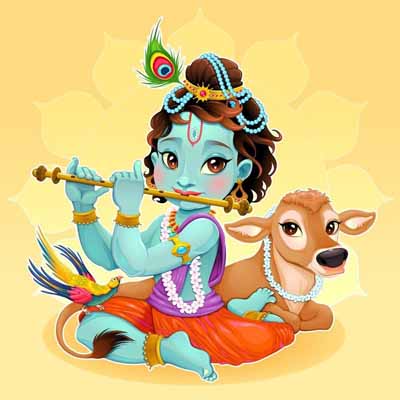
The word ‘Janmashtami’ has its origins in the words ‘Janam’ that means birth, and ‘Ashtami’ that means the number eight.
o Why: To commemorate the worship of the infant Lord Krishna.
o How: The elaborate decorations of temples and feasting on white butter and curd after they have been offered to baby Krishna, are key highlights. And who can forget ‘Dahi Handi’? The human pyramid to get to the ‘prized handi’ at the top, is the stuff of legends!
o When: Somewhere in August or September, according to the Hindu Calendar.
o Where: Primarily Vrindavan and Mathura.
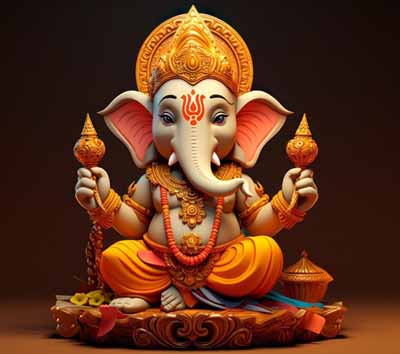
It’s impossible to live in Mumbai, and not be granted a splendid ‘darshan’ of the Lord Ganesha, somewhere or the other.
o Why: To pay homage to Lord Ganesha, the remover of obstacles.
o How: The dear ‘Bappa’ is worshiped at home, and then immersed in a water body after a few days.
o When: Sometime in August or September.
o Where: Especially in Maharashtra.
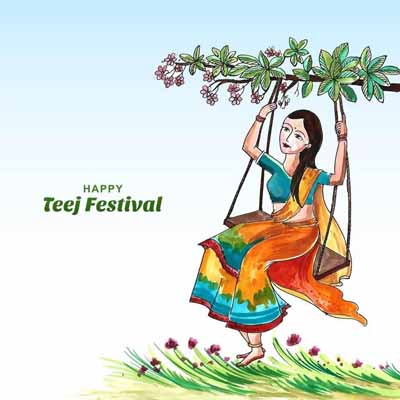
Certainly, one of the most popular Monsoon Festivals in India, this one.
o Why: To commemorate the unwavering dedication of Parvati to her husband, Lord Shiva.
o How: Donned in their best attire, women get mehendi decorations on their hands. They also pray and fast, for the prosperity of their husbands.
Cool Fact: Unmarried women fast on this day, to be blessed with a good husband!
o When: Annually, in July or August.
o Where: Mostly in northern and western India.
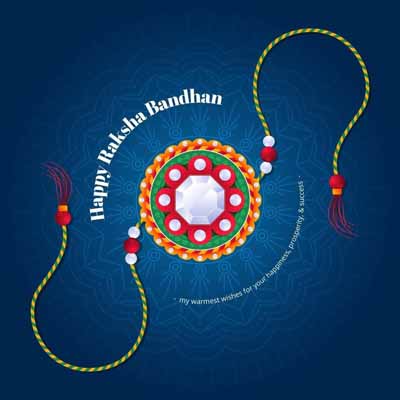
Most of us wait for this day. To either tie a ‘Rakhi’, or have it tied on our hands!
o Why: In celebration of the bond between brother and sister.
o How: The sister lovingly ties a Rakhi on her brother’s wrist, and applies a tilak to his forehead. The brother offers a gift in return.
o When: The full moon day of the Hindu month of Shravana, typically in August.
o Where: All over India.
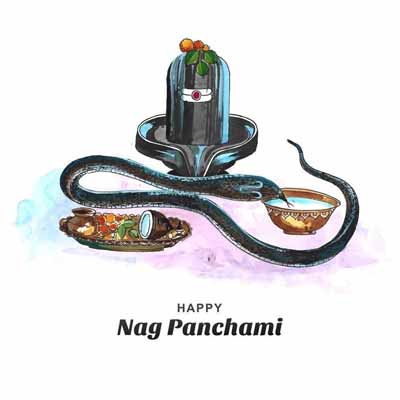
This monsoon festival in India is for the farmers, the backbone of our nation.
o Why: To show gratitude to the land, for a good harvest.
o How: Dressed in traditional attire, people enjoy the Onam Sadhya, a grand feast prepared with 13 dishes, served on banana leaves. There are also exciting boat races held on this day.
o When: August/September.
o Where: Primarily in Kerala.
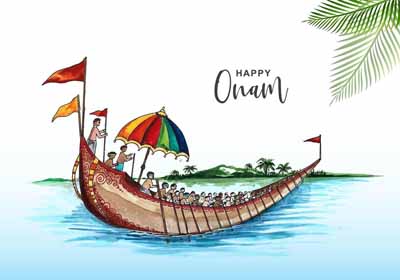
This festival, celebrated in the monsoon season, originates from two words: ‘Nag’ that means ‘snake’, and ‘Panchami’ that signifies the fifth day of a fortnight.
o Why: To commemorate the victory of Lord Krishna over Kaliya Nag.
o How: The idol of ‘Nag’ is bathed in milk, and then decorated with vermillion and turmeric paste, before an elaborate pooja.
o When: On the fifth day of the lunar month of Shravana (July/August).
o Where: Mostly in the state of Maharashtra.
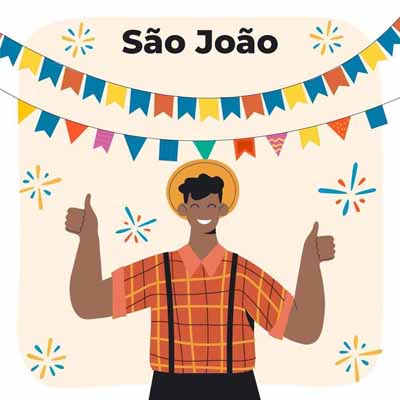
The name of this monsoon season festival in India, might just have you believe it’s not even remotely an ‘Indian’ festival. Yet, it is!
o Why: Celebrated as a part of the feast of John the Baptist.
o How: Interestingly, this festival is marked by young men jumping into wells and ponds! Apart from that, they go around singing traditional songs, accompanied by musical instruments.
o When: Annually on June 24 th.
o Where: Goa.
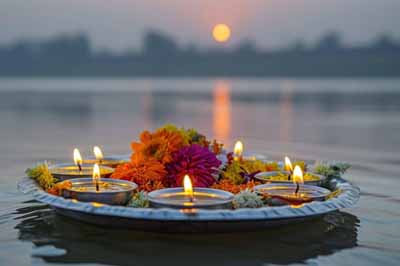
This day is believed to be the only day, when the mighty Lord Jagannath emerges from his temple for his devotees.
o Why: To commemorate the journey of Lord Jagannath, Lord Bhalabadra and Goddess Subhadra from Puri to Gundicha.
o How: In a procession (yatra) on the streets, the statues of the deities are taken in a chariot (ratha).
o When: End of June or beginning of July
o Where: Puri, Odisha.
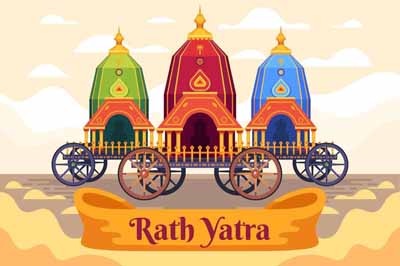
The list of Monsoon Festivals in India, is incomplete without this unique type of Dussehra!
o Why: To honour the most sacred ‘Ganges’ river.
o How: Pilgrims do ‘aarti’ on the banks of the Ganges. They also take a dip in it, in the fervent hope it will wash away their past sins.
o When: Usually in June.
o Where: Mostly Uttarakhand.
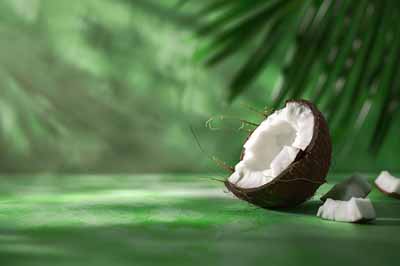
This monsoon festival in India, celebrates the ‘Coconut’!
o Why: Interestingly, this festival is celebrated to mark the end of the monsoon season, so fishermen can safely venture into the waters again.
o How: Coconut is offered to Lord Varuna, in the hope that he will give his blessings for calm water.
o When: July or August.
o Where: Maharashtra.
As you have seen, the Monsoon brings with it more reasons to celebrate, other than merely the wonderful sensations it evokes in our mind and soul. Use the information you have gleaned from this article, to go out there and celebrate one of those Monsoon Festivals, that you probably didn’t even know of before!





